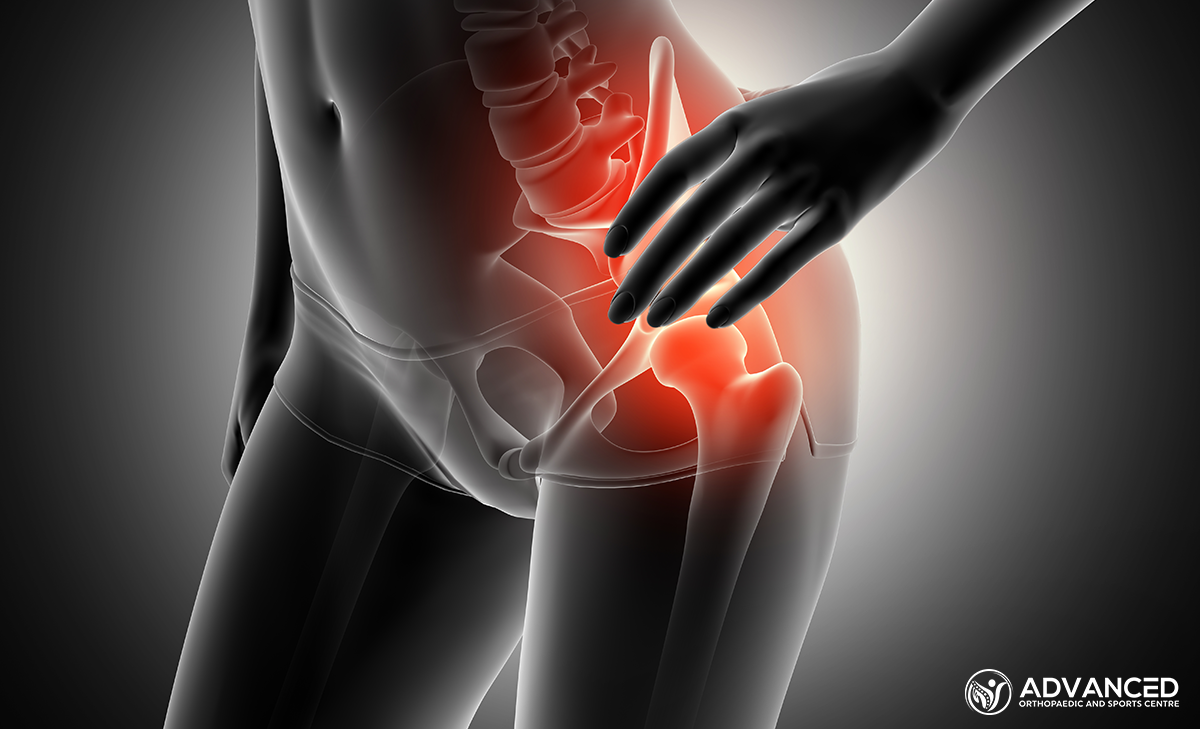What are Hip Fractures?
Hip fractures, a common injury especially among the elderly, are serious breaks or cracks in the upper part of the femur (thigh bone) near the hip joint. These injuries can significantly impact mobility and independence, often requiring surgical intervention followed by comprehensive rehabilitation.
The incidence of hip fractures tends to increase with age, largely due to factors such as decreased bone density and falls. Understanding the nature of hip fractures, their causes, and their implications is crucial for both prevention and effective management.
Causes of Hip Fractures
Low-Impact Falls
A significant majority of hip fractures occur as a result of falls from standing height or lower, especially in older adults.
Bone Weakness
Osteoporosis, a condition characterized by weakened bones, significantly increases the risk of hip fractures. This bone weakening makes the bones more susceptible to fracture even with minor stress, such as a fall from a standing position.
Other conditions that may contribute to bone weakness include osteopenia (a precursor to osteoporosis), cancer, and certain genetic disorders affecting bone density.
Other Lifestyle Factors
- Physical Inactivity: A sedentary lifestyle can lead to decreased bone mass and muscle strength, increasing fracture risk.
- Nutritional Deficiencies: Insufficient intake of calcium and vitamin D can contribute to bone weakening.
- Chronic Medical Conditions: Diseases such as rheumatoid arthritis and endocrine disorders can affect bone health.
- Medications: Some medications, including corticosteroids and certain anticonvulsants, can weaken bones over time.
Types of Hip Fractures
Hip fractures can be classified based on the location of the fracture in the femur. The two main types are:
Intracapsular Fractures
These fractures occur within the capsule of the hip joint, affecting the femoral neck. Intracapsular fractures are further divided into two subtypes:
- Subcapital Fractures: Occur just below the head of the femur.
- Transcervical Fractures: Occur within the neck of the femur.
Extracapsular Fractures
Extracapsular fractures occur outside of the capsule of the hip joint and are subdivided into:
- Intertrochanteric Fractures: Occur between the neck and the shaft of the femur, in the region known as the trochanteric area.
- Subtrochanteric Fractures: Found just below the trochanteric area, extending into the shaft of the femur.
Symptoms and Diagnosis
Symptoms of Hip Fractures
The symptoms of a hip fracture are often immediate and pronounced, including:
- Severe Pain: Felt in the groin or hip area, especially when attempting to move the leg or bear weight.
- Inability to Move After a Fall: The individual may find it difficult or impossible to stand or move the affected leg.
- Leg Length Discrepancy: The injured leg may appear shorter than the non-injured leg when lying flat.
- External Rotation: The affected leg may turn outward abnormally.
Diagnosis of Hip Fractures
Prompt and accurate diagnosis of hip fractures is critical for effective treatment. The diagnostic process typically involves:
- Physical Examination: A thorough examination by a healthcare professional to assess pain, mobility, and leg appearance.
- X-rays: The primary tool for confirming a hip fracture, revealing the location and extent of the fracture.
- Magnetic Resonance Imaging (MRI): Used when X-ray results are inconclusive, MRI scans can detect hairline fractures and soft tissue injuries.
- Computed Tomography (CT) Scan: Provides more detailed images than X-rays and can be used to plan surgical treatment if necessary.
Treatment Options
The treatment of hip fractures primarily depends on the type of fracture, the patient’s age, overall health, and the level of mobility before the injury. Treatment aims to restore mobility and independence as much and as quickly as possible. There are generally two main approaches: surgical and nonsurgical treatment.
Surgical Treatment
The choice of surgery depends on the fracture’s location, severity, and the patient’s health status. Post-surgery, patients typically start rehabilitation early to reduce the risk of complications. Surgery is the most common treatment for hip fractures and involves several types:
- Internal Fixation: Metal screws, rods, or plates are used to hold the bone fragments in place until they heal.
- Hip Replacement Surgery: In cases where the bones are too damaged for fixation, or in certain types of fractures, a partial or total hip replacement may be performed.
- Hemiarthroplasty: Replacement of the head of the femur, suitable for some intracapsular fractures.
Nonsurgical Treatment
Nonsurgical treatment may be considered for patients who are not suitable candidates for surgery due to very high surgical risks or extremely low levels of physical activity. This approach includes:
- Pain Management: Using medications to control pain.
- Physical Therapy: To maintain as much mobility and muscle strength as possible.
- Assistive Devices: Use of walkers or wheelchairs for mobility.
Rehabilitation and Recovery
Rehabilitation after a hip fracture is essential for regaining mobility and independence. The process typically includes:
Early Stages
- Mobilization: Encouraging movement soon after surgery to prevent complications.
- Physical Therapy: Starting with gentle exercises and gradually increasing intensity.
Progression
- Strength and Mobility Exercises: Focused on restoring walking ability and enhancing balance.
- Home Safety Evaluations: To reduce fall risks and support independence.
Prevention of Hip Fractures
Bone Health Improvement
- Calcium and Vitamin D: Adequate intake supports bone strength.
- Bone Density Screening: Identifies osteoporosis early for management.
- Quit Smoking: Smoking can weaken bones.
Fall Prevention
- Exercise: Regular activity enhances strength and balance.
- Home Safety Checks: Removing tripping hazards and improving lighting.
- Medication Review: Adjusting drugs that may affect balance or bone health.




